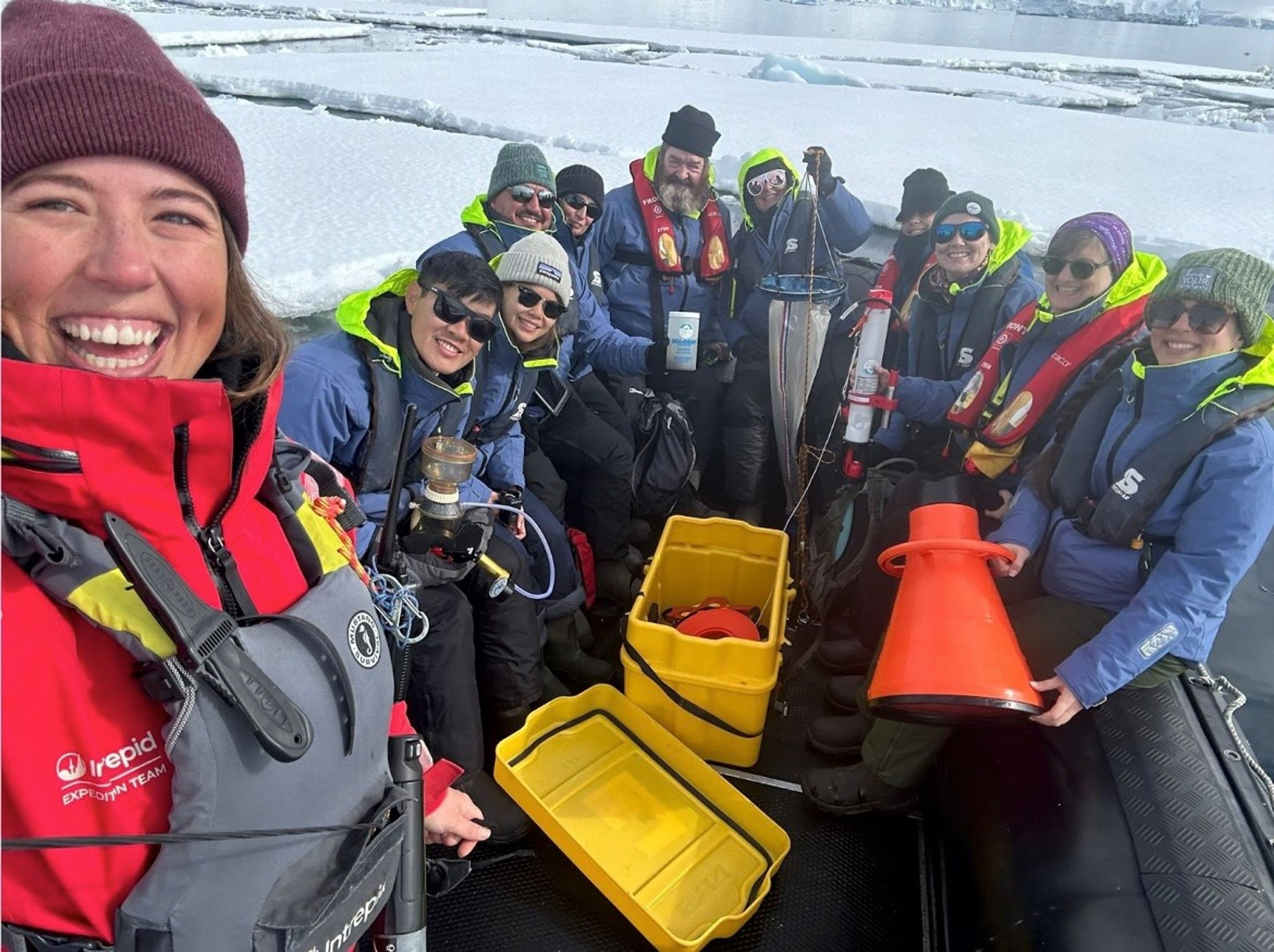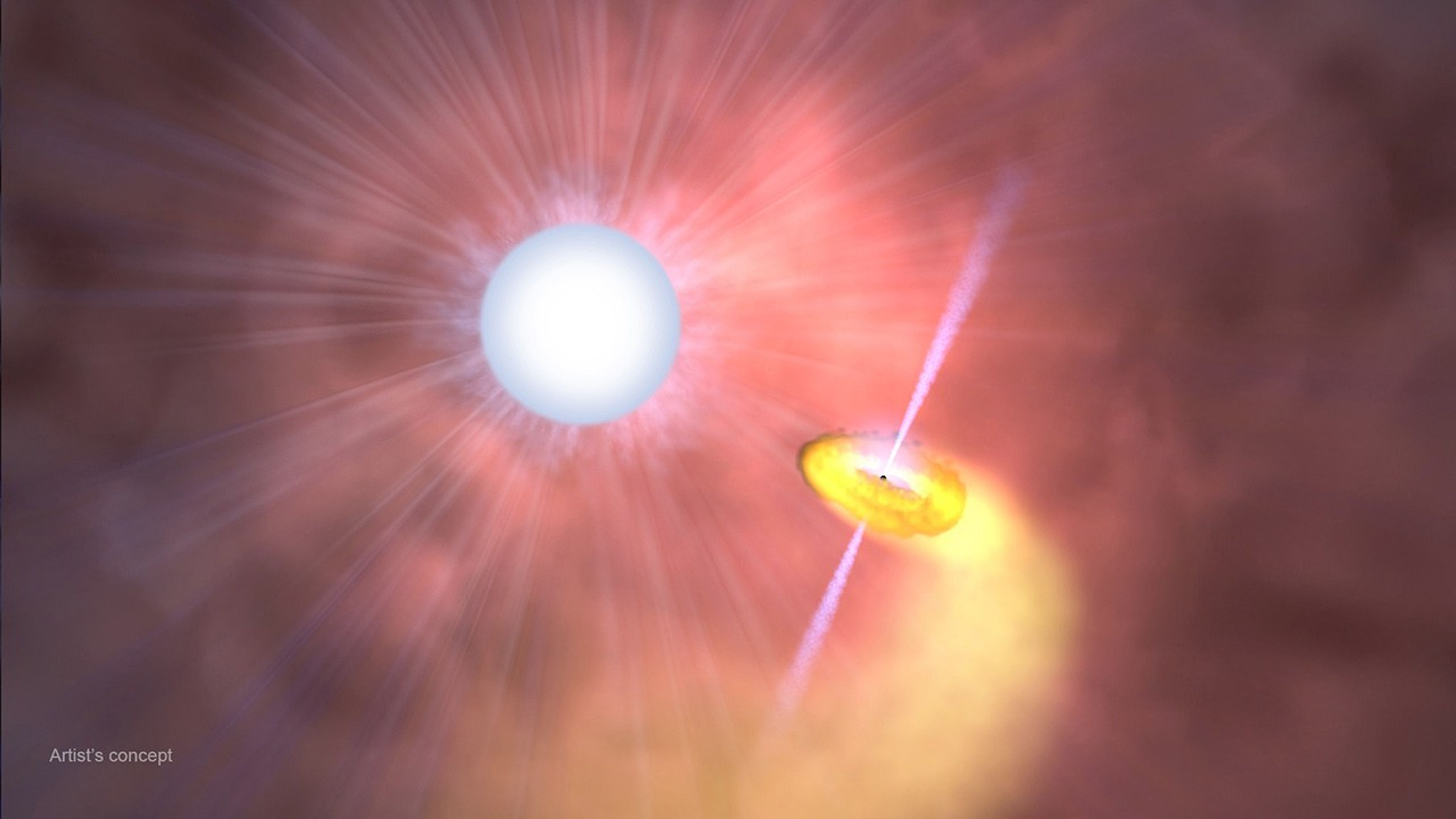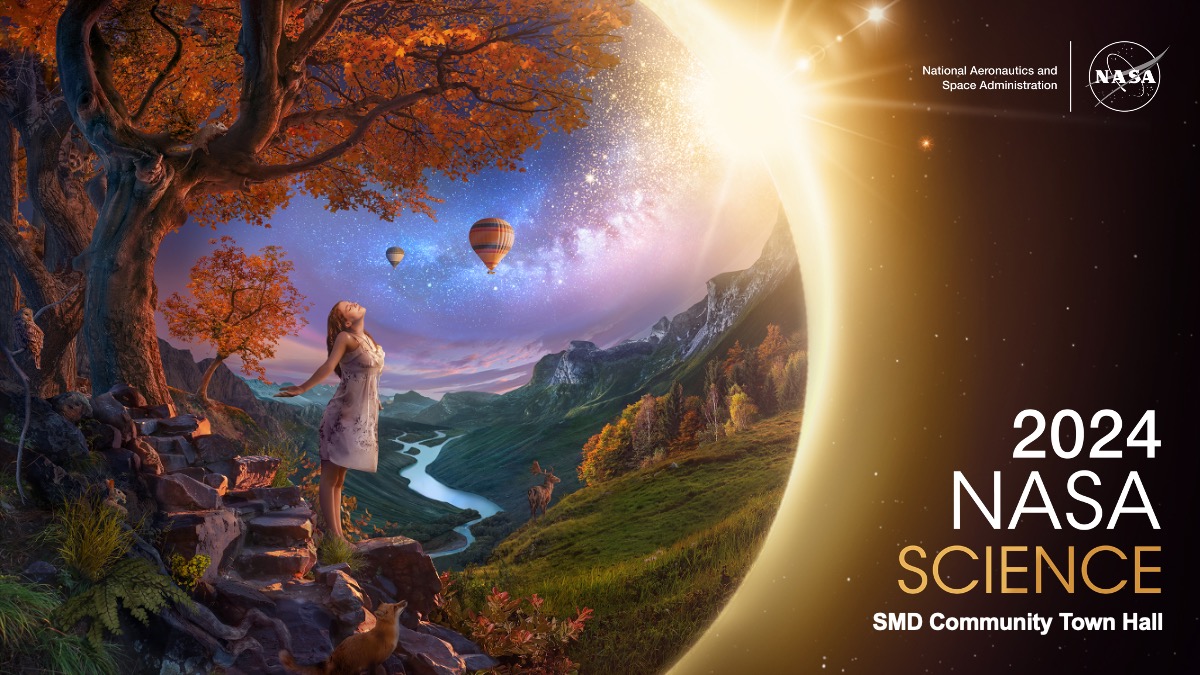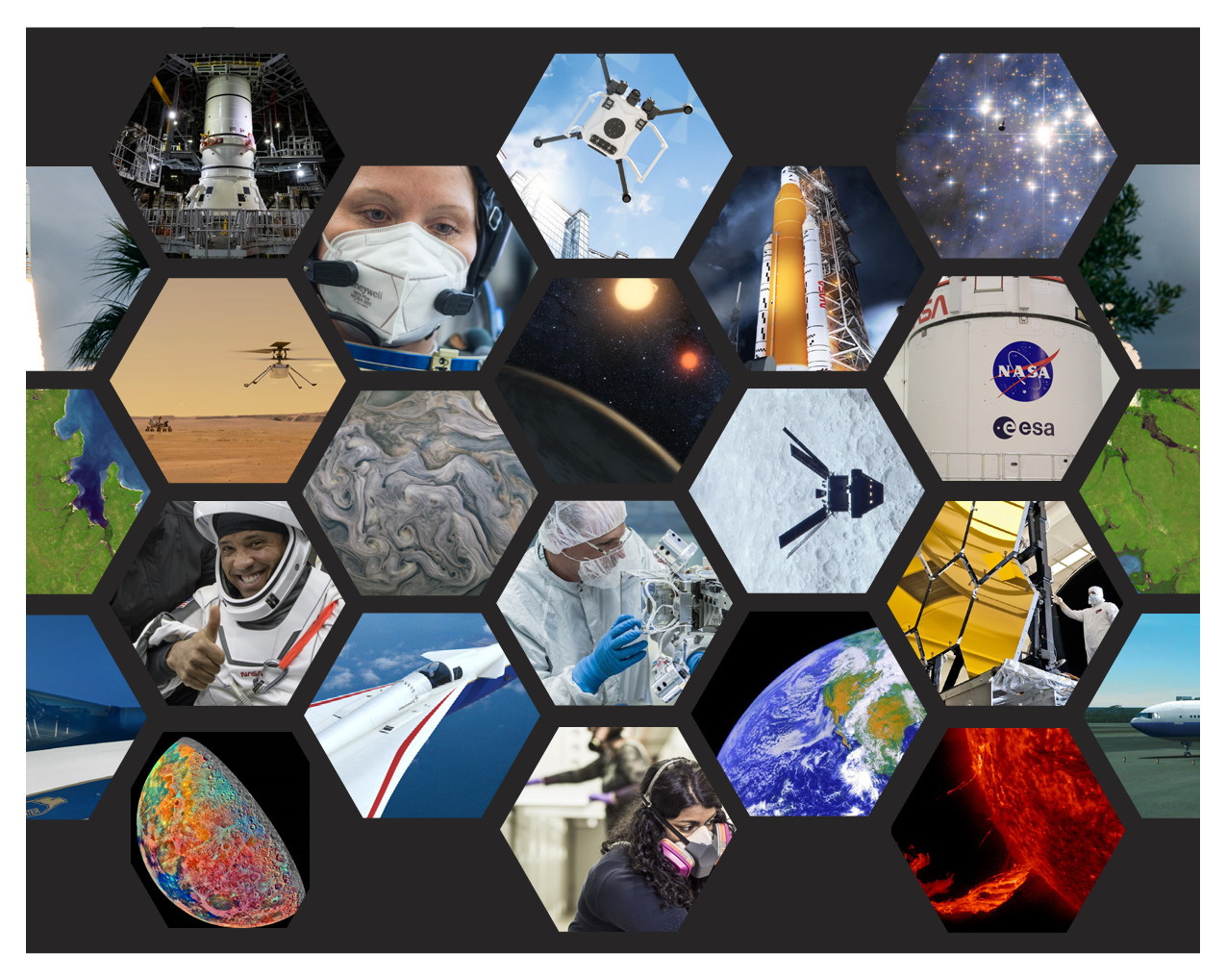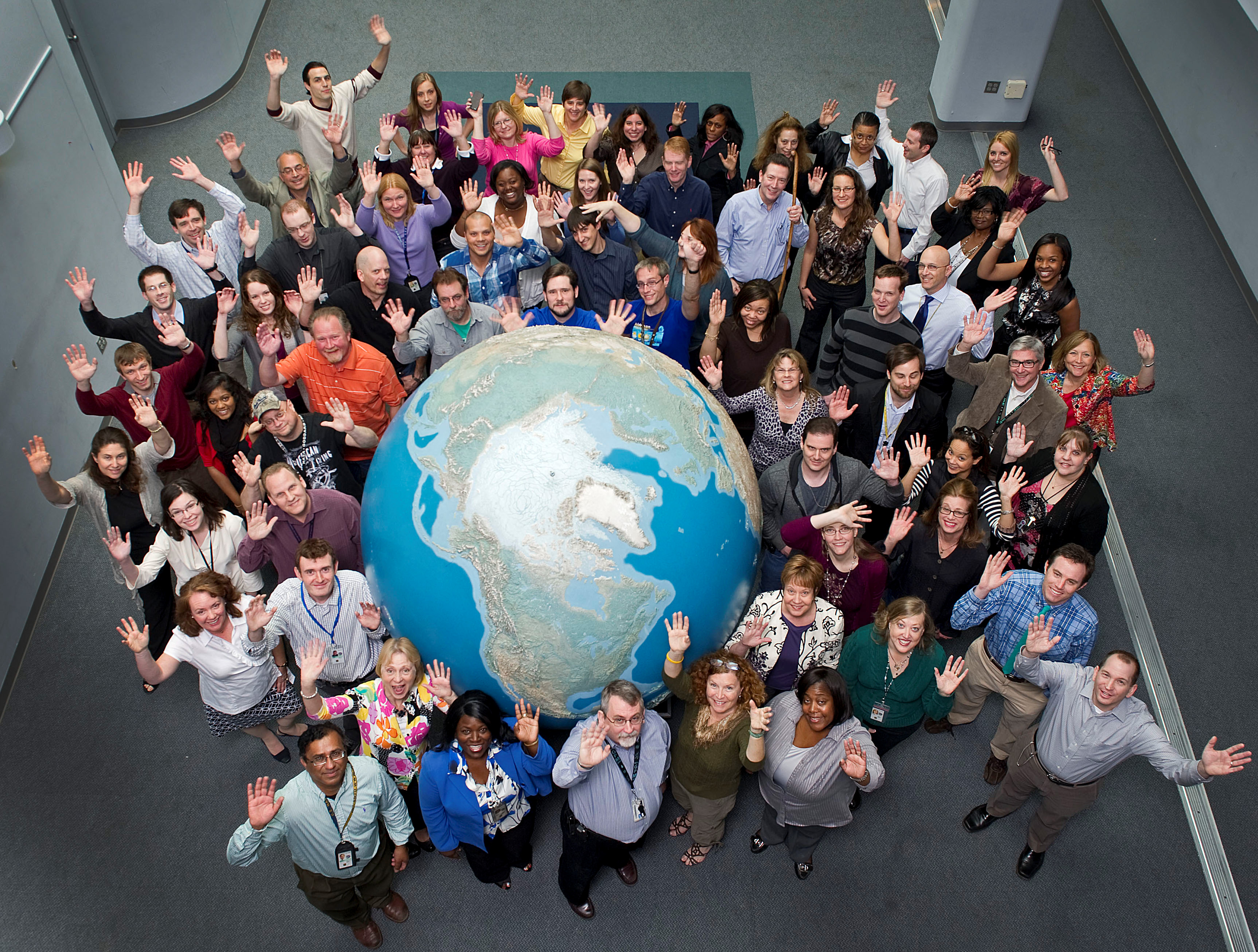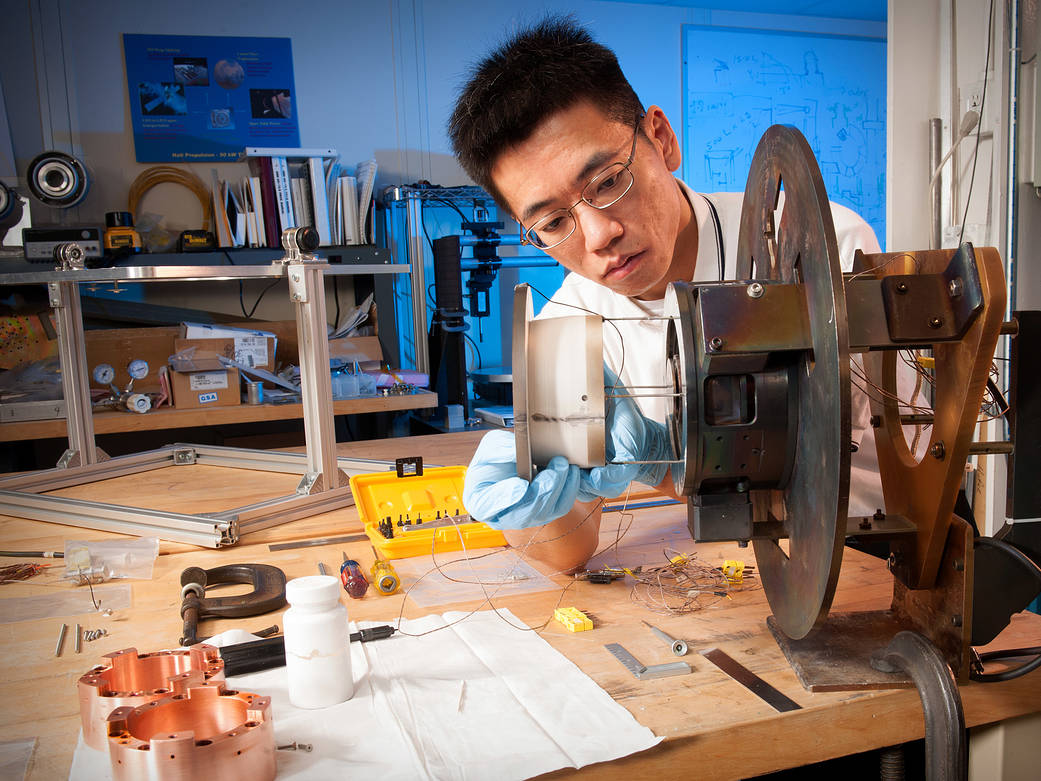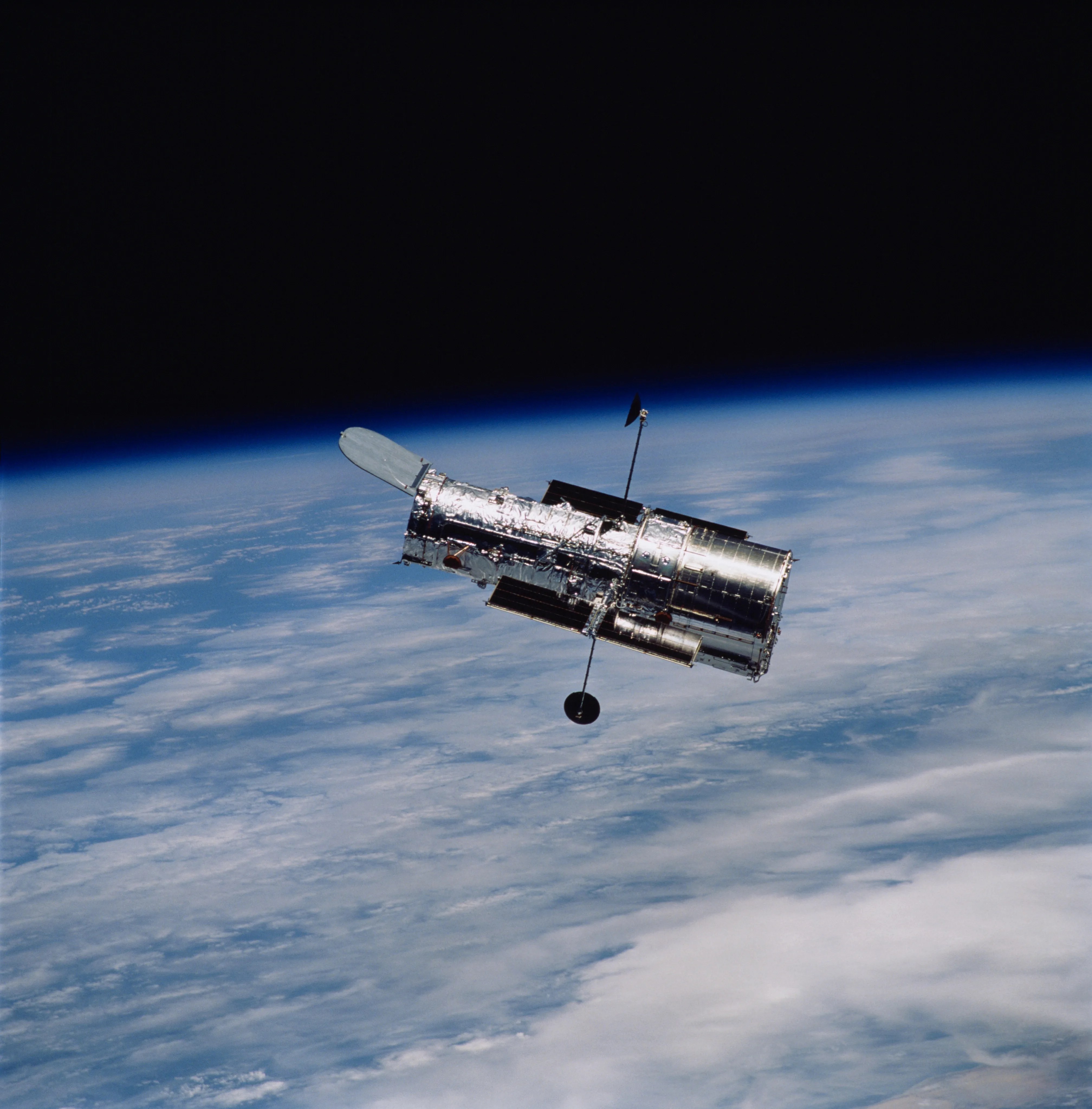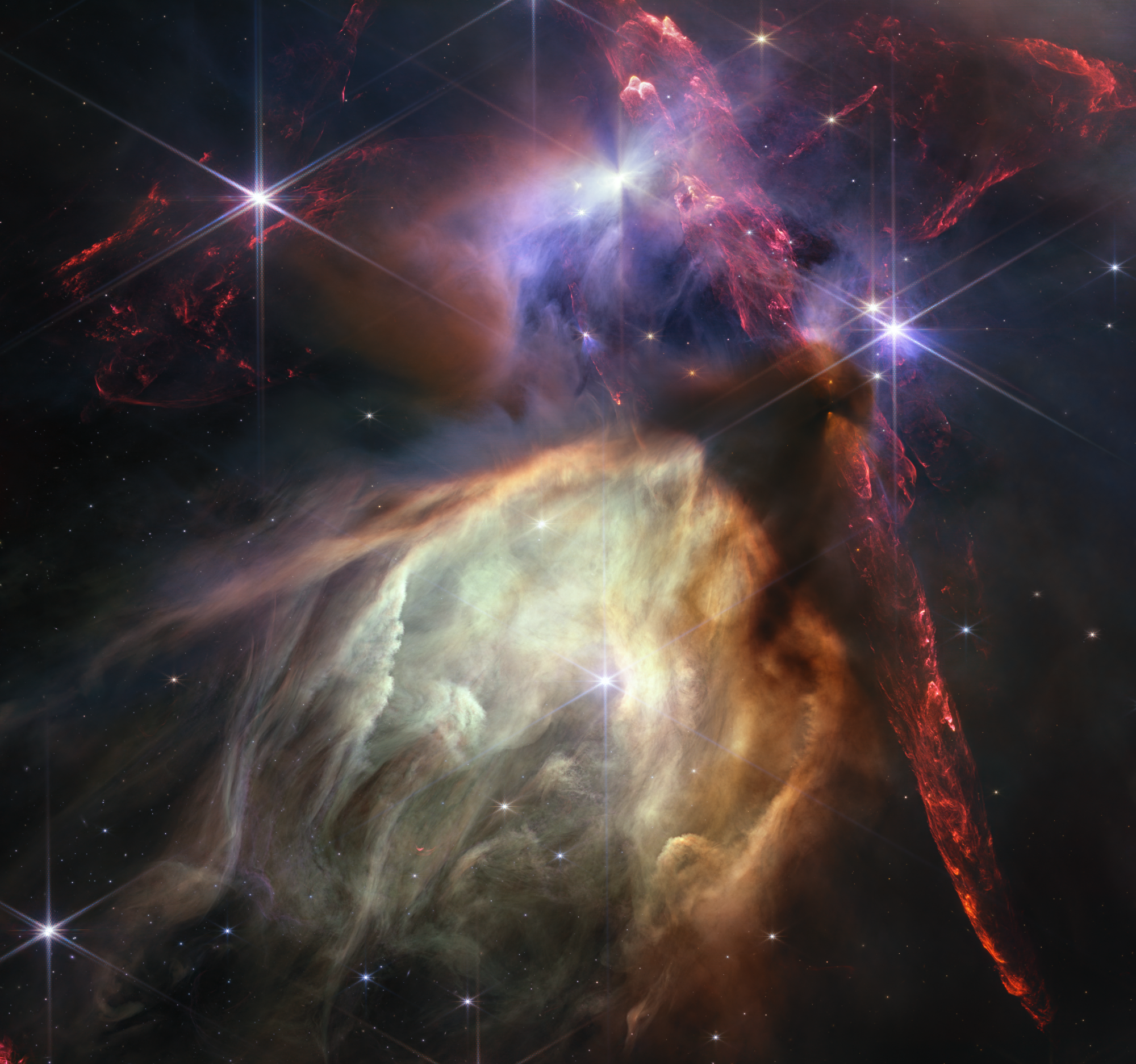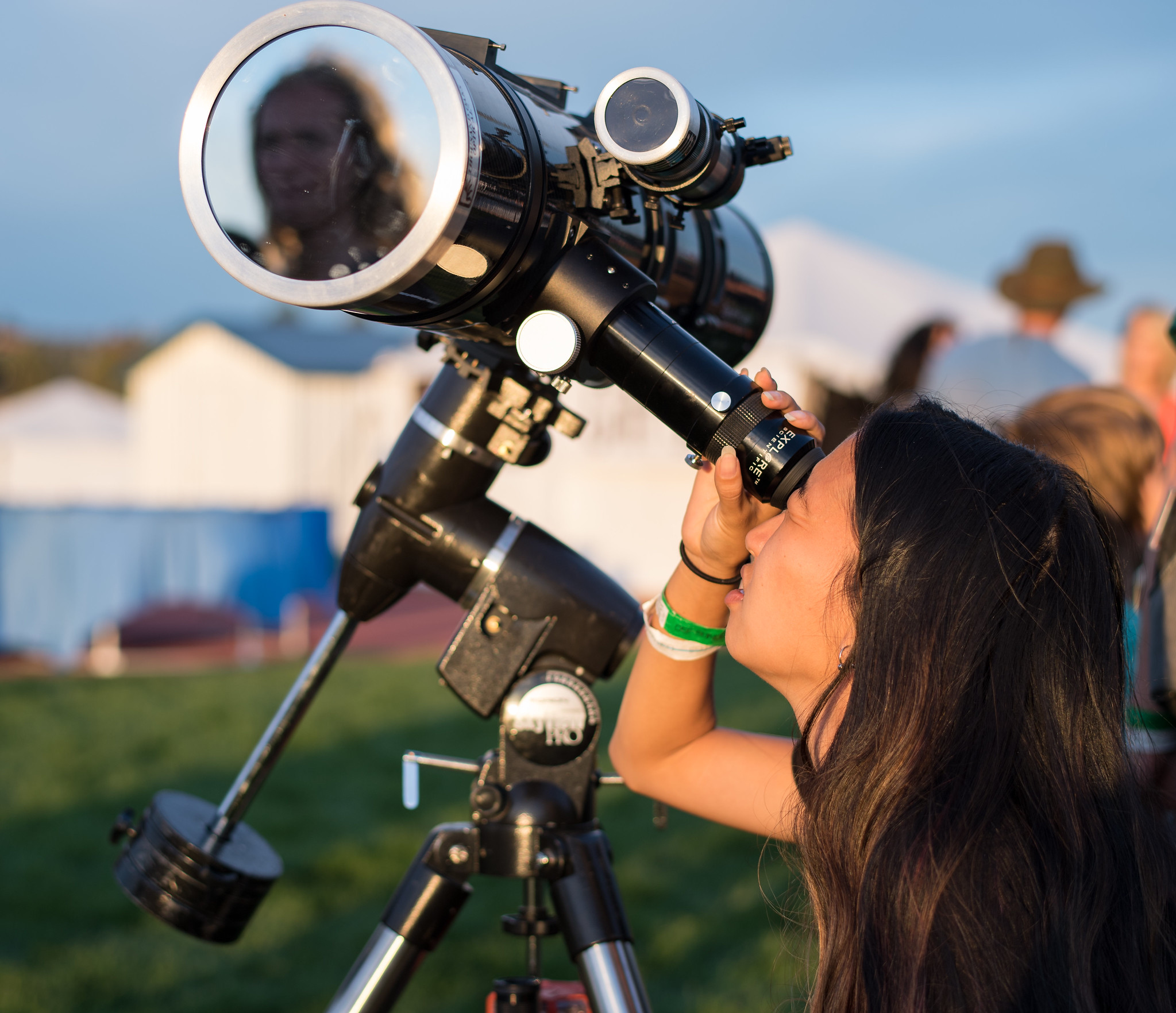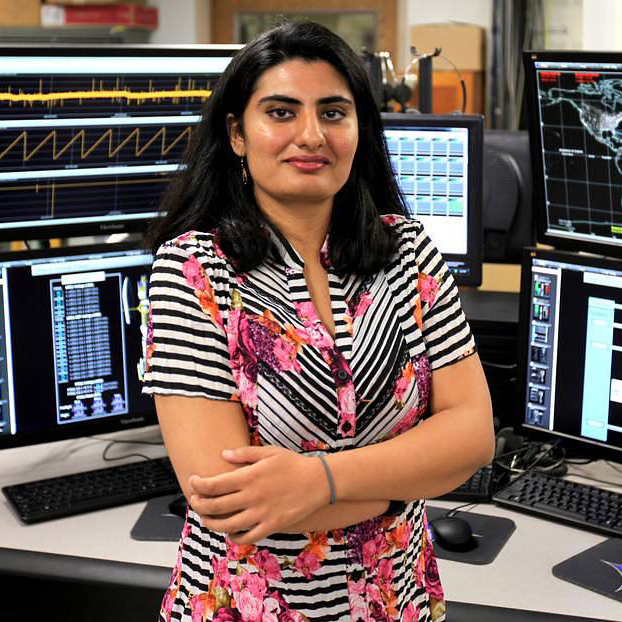NASA Science
NASA Science seeks to discover the secrets of the universe, search for life elsewhere, and protect and improve life on Earth and in space.

Featured Missions
Our mission milestones showcase the breadth and depth of NASA science.

Lunar Trailblazer
Launching in 2024, the goal of Lunar Trailblazer is to understand the form, abundance, and distribution of water on the Moon, and the lunar water cycle.

NISAR
Launching in 2025, NISAR will systematically map Earth and study changes to ice sheets, glaciers, and sea ice in fine detail, as climate change warms the air and ocean.

GeoXO
GeoXO will advance observations of Earth’s weather, atmosphere and ocean for short-term forecasts and warnings and long-term planning for the effects of our changing planet.
NASA AI, Open Science Advance Disaster Research and Recovery
By Lauren Perkins When you think of NASA, disasters such as hurricanes may not be the first thing to come…
Read the Story
Evolution of a Martian
Since landing its first rover on Mars in 1997, NASA has pushed the boundaries of exploration with increasingly larger and more sophisticated robotic explorers. Each mission builds on the lessons learned from the Red Planet, leading to breakthroughs in technology and our understanding of Mars.
Learn more about Exploration on Mars2025 NASA Science Calendar
Download our latest calendar and wallpaper backgrounds for your desktop or mobile device, and discover the fascinating science behind the images featured each month.
Download Options
NASA Science is Delivering
NASA Science is delivering: every second of every day, of every week, of every year. 2024 is proving to be yet another year of exceptional scientific discovery and achievement. From soft landing back on the Moon a few months ago, to celebrating the Heliophysics Big Year and a Total Solar Eclipse in the contiguous United States, to receiving stunning imagery from James Webb, NASA Science is as busy as ever. Recently launched earth science missions are also providing us unprecedented views of our planet and incredible insight into the health of our oceans and atmosphere, and helping decision-makers improve lives on Earth and safeguard our future. And we are charting a new, sustainable path for Mars Sample Return.
Looking ahead, we have many exciting launches on the horizon. At NASA, we are fortunate that our science and exploration endeavors are inextricably linked and help us discover and innovate for the benefit of humanity. Together, we explore to advance scientific understanding. Ultimately, exploration enables science, and science enables exploration.
The NASA Science team is continuing to deliver for the benefit of all.

By the Numbers
Science is interconnected; no important question stands alone. The Science Mission Directorate (SMD) is an organization where discoveries in one scientific discipline have a direct route to other areas of study. This flow is something extremely valuable and is rare in the scientific world.
Learn More about Science by the Numbers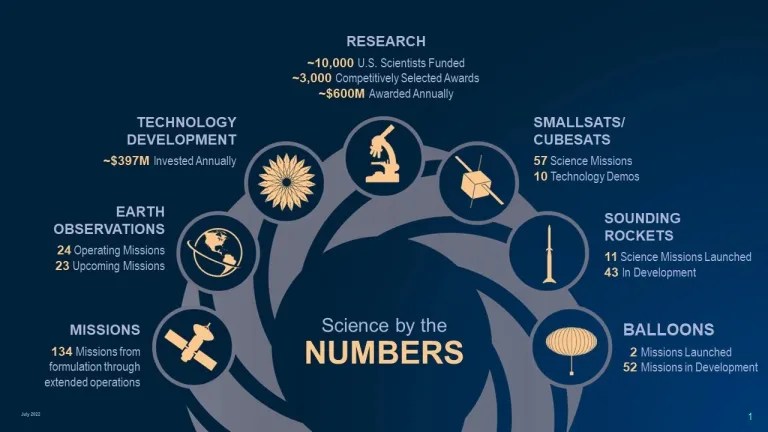
Lunar Discovery and Exploration
NASA scientists are focused on studying Earth’s Moon, which holds keys that will unlock a deeper understanding of our planet, solar system, and the origins of life.
Learn more about Lunar Discovery and ExplorationWhat's out there?
Explore our changing planet
Earth is our home, shared with millions of species. Rapid changes like rising temperatures and more frequent extreme weather are transforming our planet. For over 50 years, observations from space and ground have monitored these changes, guiding critical decisions in areas like agriculture and air quality. By understanding how our actions affect Earth's systems, we can help mitigate these impacts. Discover more about how you can make a difference in safeguarding our planet.
Visit the Earth Information Center

